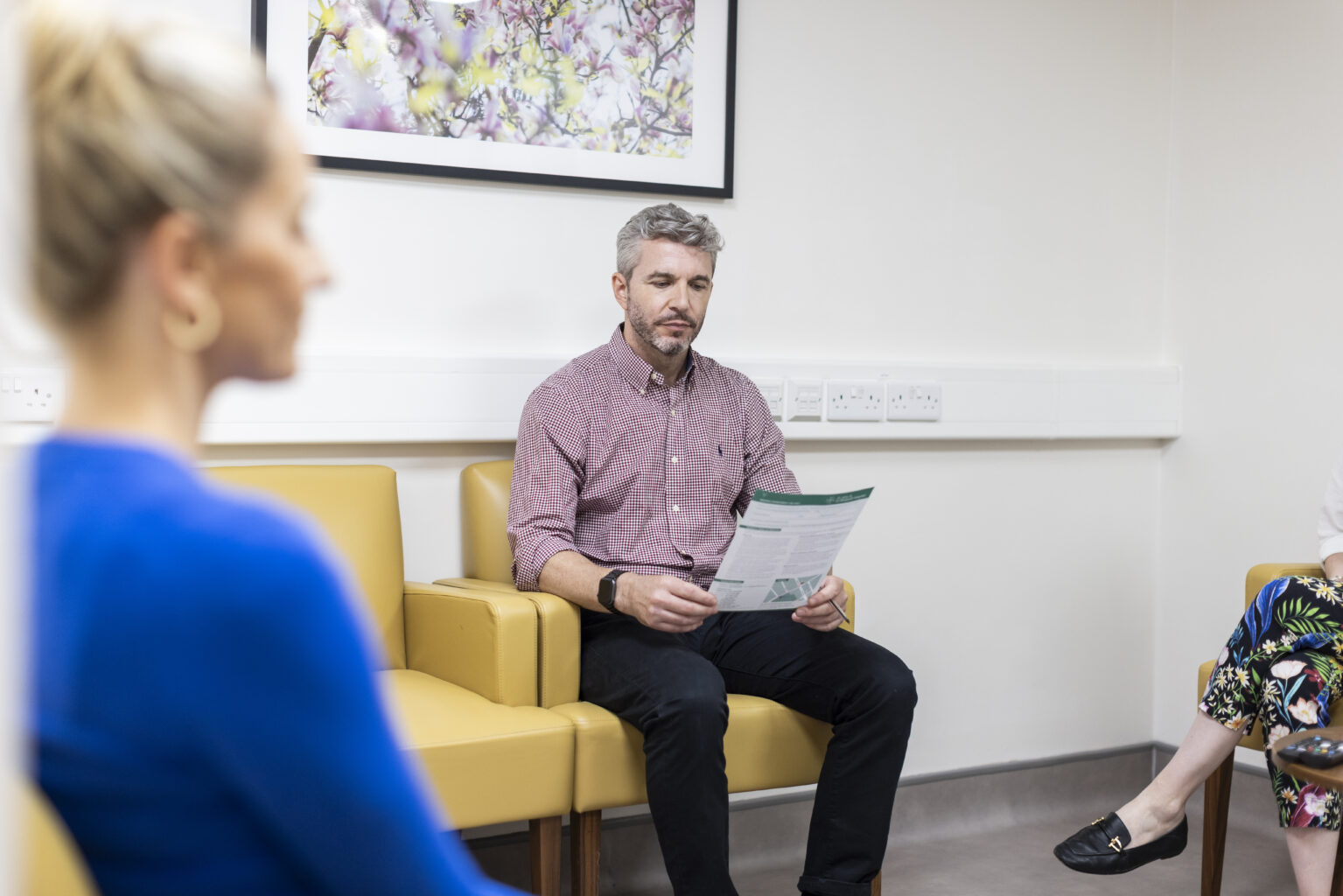Contact number: 020 7806 4060
Everything You Need to Know
Ingrown toenail surgery is more than just a corrective procedure; it’s a precise intervention aimed at providing long-term relief from pain and discomfort caused by ingrown toenails. This surgery is particularly beneficial for those who have not found relief through non-surgical treatments such as proper nail trimming, soaking the foot, or using antiseptic creams.
Key benefits of ingrown toenail surgery include:
- Pain Relief: Reduction or elimination of pain caused by the ingrown toenail.
- Prevention of Infection: Reduces the risk of infection and further complications.
- Long-Term Solution: Prevents the recurrence of ingrown toenails, allowing for better foot health.
Consultants who treat ingrown toenails
Before Surgery
Consultation
The first step is a thorough consultation with one of our expert podiatrists surgeons. During this session, your medical history, symptoms, and previous treatments will be reviewed to determine if ingrown toenail surgery is the right option for you. This consultation is essential for tailoring the treatment to your specific needs and ensuring the best possible outcomes.
Health Assessment
A comprehensive health assessment will be conducted to ensure you are fit for surgery. This includes evaluating your overall health, checking for any underlying conditions that may affect the surgery, assessing the nail bed of the affected area, and discussing any medications you are currently taking. Blood tests and possibly an X-ray may be required to get a complete picture of your health.
Pre-Procedure Instructions
To ensure a smooth procedure and optimal recovery, you will receive detailed pre-procedure instructions. These may include:
- Medication Adjustments: Guidance on which medications to stop or continue.
- Fasting: Instructions to refrain from eating or drinking after midnight on the day of your surgery.
- Lifestyle Advice: Recommendations such as stopping smoking and maintaining a healthy diet.
During Surgery
Our state-of-the-art facilities and experienced surgical team are dedicated to ensuring your comfort and safety throughout the procedure.
Anaesthesia
You will receive anaesthesia to ensure you are comfortable during the surgery. Options include local anaesthesia, which numbs the affected toe, allowing you to stay awake but pain-free during the procedure.
Surgical Process
The surgeon will carefully perform a partial nail avulsion, which involves removing the ingrown part of the toenail using a local anaesthetic. In some cases, a chemWical such as phenol may be applied to prevent that part of the nail from growing back. This precise process ensures that the nail grows correctly and reduces the risk of future problems.
Monitoring and Recovery
Post-surgery, you will be monitored in a recovery area. Our care team will manage your pain and monitor your initial recovery to ensure everything is proceeding as expected.
After Surgery
Our commitment to your care continues well beyond the operating room.
Immediate Post-Op Care
Managing post-operative effects such as swelling, bruising, and discomfort is crucial. Significant pain management is essential to ensure a smooth recovery process. Our team will provide you with pain management strategies and detailed care instructions. Keeping the wound clean and dry is vital to prevent infection.
Additionally, wearing shoes that fit properly is important to prevent the problem from coming back.
Follow-Up Care and Physical Therapy
Regular follow-up appointments will be scheduled to monitor your recovery and assess the success of the surgery. These visits are essential to address any concerns and ensure optimal recovery. Follow-up care is also crucial to monitor recovery and prevent complications related to toenail surgery.
How Much Does Private Ingrown Toenail Surgery Cost?
£1,550
Ingrown Toenail Surgery costs £1,550 at St John & St Elizabeth Hospital.
The price shown includes all hospital related costs associated with your treatment, from admission to discharge. The price does not include the cost of consultation, diagnostics, or the surgeon or anaesthetist fee.
Our hospital fee is guaranteed at the price quoted and valid for one month from the date issued, subject to pre-assessment.
Appointment and Treatment Plan
Initial Consultation
Your journey begins with a detailed consultation to discuss your goals and determine your suitability for ingrown toenail surgery.
Personalised Treatment Plan
A tailored treatment plan will be developed based on your consultation, outlining the specifics of your procedure and recovery plan.
Pre-Procedure Assessment
A thorough pre-procedure assessment ensures you are fit for surgery, involving necessary tests to uphold the highest standards of care and safety.
The Procedure - Nail Avulsion
Performed by our skilled medical team, the surgery will focus on achieving the best possible outcomes for your ingrown toenail. The procedure is designed to be safe and effective, providing long-term relief from pain and discomfort.
Aftercare and Recovery
Post-procedure, you will receive detailed aftercare instructions and have follow-up appointments to support your recovery and ensure the best results.
Top Tips for Recovery from Imaging Guided Injections
- Follow all instructions: Adhere strictly to the aftercare guidelines provided by your clinician. Following instructions is crucial to avoid complications. Proper care is also essential to prevent issues such as ingrown nails, which can lead to further complications if not managed correctly.
- Rest and recuperation: Allow your body ample time to heal, avoiding strenuous activities that could impact the results.
- Stay hydrated and eat healthily: Maintain a balanced diet and drink plenty of fluids to support your recovery and overall well-being.

